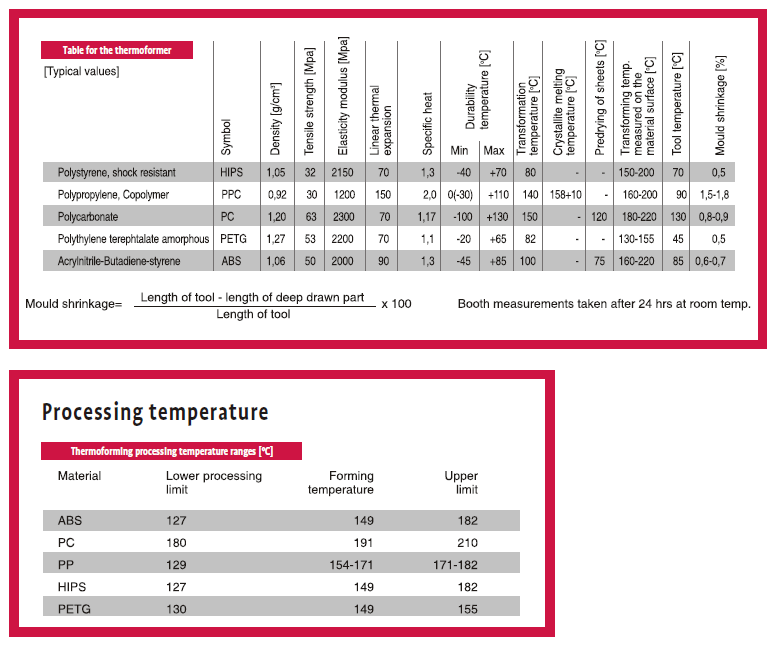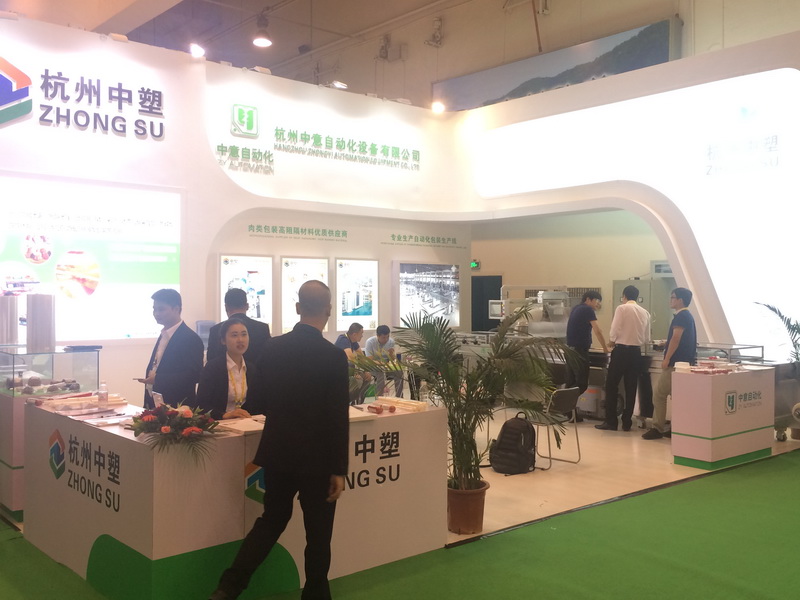Thermoforming Processing Guideline
DPXB series thermoforming packing machine offer processing guidelines for set-up tool, during the forming process temperature and vacuum and/or compressed air are critical factors. Any variation in temperature of the hot sheet dramatically effects the”hot strength” or elasticity (tensil) of plastic. Under normal conditions it is essential that the sheet material be heated very uniformly throughout. With this type of heat, the faster the vacuum the better the material distribution, since it does not have a chance to cool off as it is being formed. This produces a minimum of internal stress and will supplyfinished parts with the best possible physical properties. Likewise, when pressure forming is used and the material is moved even faster than by vacuum, the material distribution will be better and the parts even more stress free. There are exceptions tofast vacuum, one of them being materials such as cross-linked, cast acrylic in very deep draws. This material has a great deal of ”hot strength” which allows you to use slower vacuum. However, a very hot mold must be used in these cases.All thermoplastic materials have specific processing temperatures.

Mold And Set Temperature
The set temperature is the temperature which the thermoplastic sheet hardens and can be safely taken from the mold. This is generally defined as the Heat Distortion Temperature at [455kPa]. The closer the Mold Temperature is to The Temperature (without exceeding it), the less you will encounter internal stress problems in the part. For a more rapid cycle time, if post shrinkage is encountered, post cooling fixtures can be used so that parts may be pulled early.
Lower Processing Limit
This column shows the lowest possible temperature for the sheet before it is completely formed! Material formed at or below this limit will have severly increased internal stress. The least amount of internal stress is obtained by hot mold, hot sheet, and very rapid vacuum and/or compressed air.
Normal Forming Temperature
This is the temperature which the sheet should reach for proper forming conditions under normal circumstances. The core (interior) of the sheet must be at this temperature!
The normal forming temperature is determined by heating the highest temperature
at which the sheet still has enough hot strenght to be handled, yet below the degrading temperature.
Upper Limit
The Upper limit is the temperature at which the thermoplastic sheet begins to degrade or decompose. It is crucial to ensure that the sheet temperature stays less than this limit. When using radiant heat the sheet surface temperature should be carefully
monitored to avoid degradation while waiting for the“core” of the material to reach forming temperature. These limits can be exceeded, if only for a short time, with a minimum of impairment to the sheet properties.
